The Moon and Jupiter above the dishes in Canberra, Australia. Credit: Carlos Orue.
The full Moon today is considered a bonus for 2012, since it is the 13th full Moon of the year. But this full Moon has also been a bonus in the sense that we’re getting several nights in a row of nearly full Moons. According to Universe Today’s Phases of the Moon App, the face of the Moon on the night of the 25th was 96% illuminated; on the 26th it was 99% illuminated; the night of the 27th/morning of the 28th was the full Moon, (officially, the Moon was most full at 10:21 UTC (4:21 EST this morning), and tonight, the 28th, the face of the Moon is again 99% illuminated. And if you’re enjoying a wintery landscape like I currently am, the brilliance of the Moonlight on snow is bright enough to keep you awake at night.
Enjoy some great astrophotos submitted for photographers around the world of the bonus — and final — full Moon of 2012.
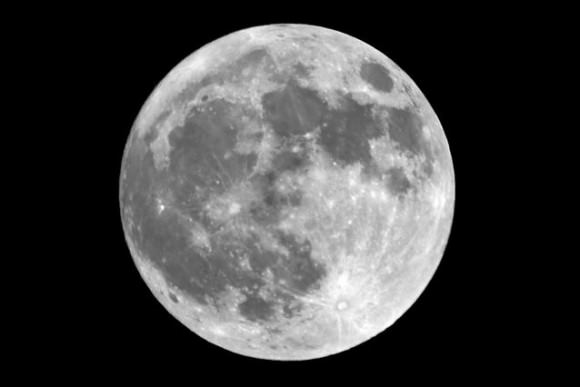
The last full Moon of 2012 — the Full Cold Moon, as seen from the James C. Veen Observatory near Lowell, Michigan. Credit: Kevin on Flickr.
The last full moon of the year as seen from the Middle Eastern Technical University Physics department in Ankara, Turkey. Credit: Nükleer Kedi
Full Moon of December. Credit: Henna Khan
Full Moon, December 27, 2012 from London, England. Credit: Sculptor Lil.
The Third Day of Christmas Moon. Credit: Andrei Juravle
Closeup of Tycho Crater on Dec. 23, 2012. Credit: Fred Locklear
Closeup of the Moon on Dec. 26, 2012. Credit: César Cantú
Want to get your astrophoto featured on Universe Today? Join our Flickr group or send us your images by email (this means you’re giving us permission to post them). Please explain what’s in the picture, when you took it, the equipment you used, etc.

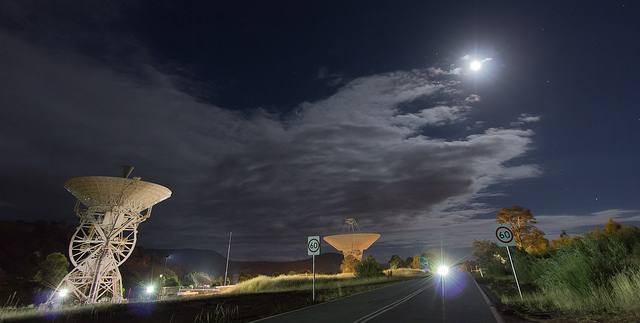
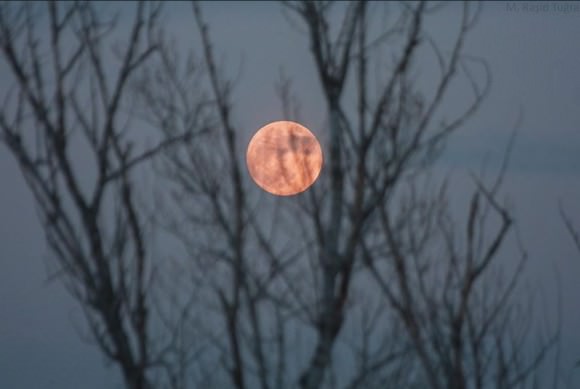
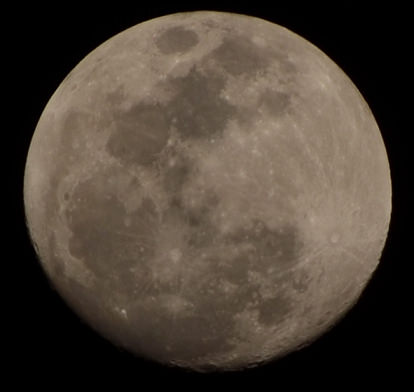
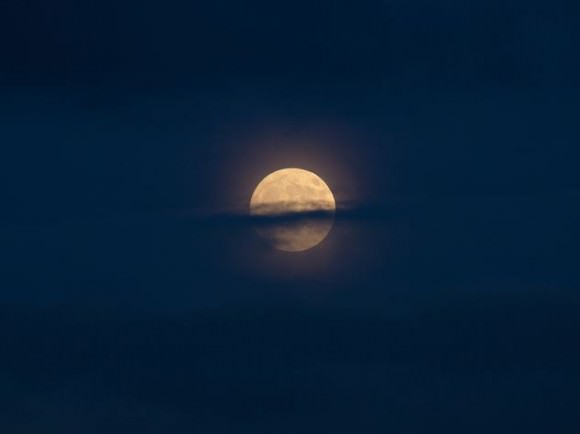
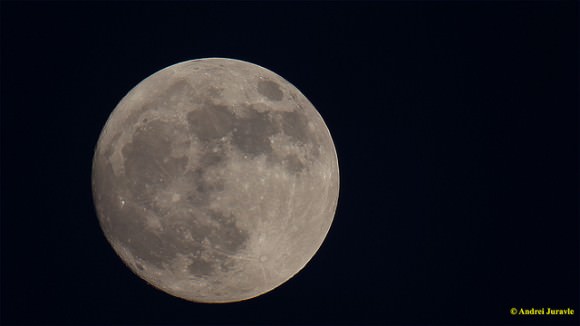
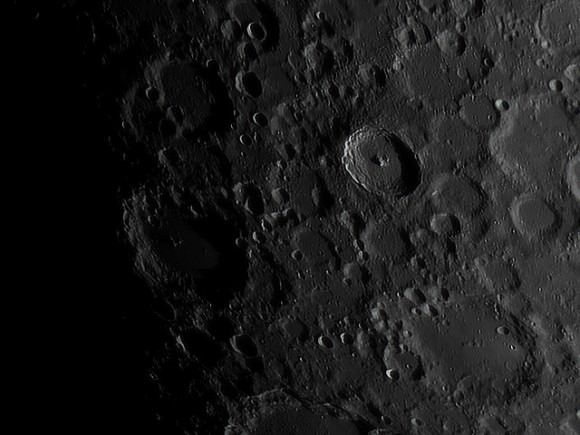
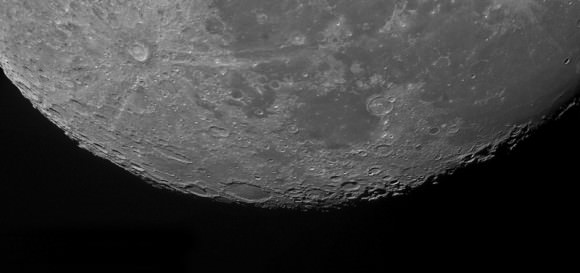
I am quite surprised to see what looks to be a major thoroughfare so close to the radio telescopes in that first image! When I visited the Goldstone radio telescopes near Barstow California, I saw they were WELL off the road and have limited access. Similarly, there are two large *.sat ground stations near Pt. Reyes, CA which are also quite isolated – located in a radio quiet valley near the coast… I thought RF from automobile ignition systems created unacceptable interference. Are the two scopes depicted above using a frequencies that are not effected? or?
It’s not a throughfare, although it is a public road to the Canberra Deep Space Communications Complex. All you can do is drive to the complex and then turn back again. But there is a public car park and the visitors centre is open 9-5pm every day except 25 December. I hear they have some kick-ass volunteer explainers there on the weekends too 😉
Hmm… there must not be a whole lot of automobile traffic? (It is a rather remote location) I like what I’ve heard on Astronomy FM about the great outreach programs in Australia and in New Zealand.
We haven’t heard much from you lately… How’s your astronomy degree coming along? You must be very busy with that… and are missed.
There’s also a big sign 2km’s up the road instructing people to switch off all mobile and radio devices. My previous visit to the site I asked one of the volunteers why is this so expecting the answer to be we would interfere with their communications, but I was wrong, he explained that due to the strength of their transmissions if they send a signal to a space vehicle it could potentially fry our mobile and radio devices.
Hmm… I don’t think that’s right. We would concerned about health issues if the microwave scatter was that significant. It would be dangerous being in line of the beam and no-one is allowed to enter the immediate environs of a dish while it’s transmitting, but it’s totally safe in the visitor’s centre. Your original assumption was correct – we ask people to turn off devices to avoid interference with signal reception. You can switch your phone to flight mode to take pictures when you visit.
Thanks for asking. UT haven’t asked me to write anything for a long time, I still drop the odd comment. My PhD (STEM education) is progressing well thanks.
Very true Aqua, the country seems to have a much easier going attitude to access compared to those in the US and at a number of other locations. I literally camped overnight under one of the many dozens of long unused dishes at Australia Telescope Compact Array (ATCA) in the cotton growing area of NSW, sort of on the edge of the outback and near two other sites (one being used in the movie The Dish). That is what I was told that there are “no worries” and the operators apparently as policy always chat everyone up on why you came and if any questions could be answered. This was in 2004.
The stars seem much better in the deep southern hemisphere, mainly because of the double the Milky Way size and a branch off of the same. The kangaroos hopping around at night also makes an interesting back beat. Daily people hiked amongst the ruined and rusting remains of former projects over many miles in the then unused parts of the facility. The biggest 5 dishes were off bounds, of course, within a safe distance, especially when moving on the glide track.
Thanks for the photos. Too cold, overcast, and snowy here the past couple nights. Can’t see anything.
Isn’t this where the saying ‘once in a blue moon’ occurs?
Someone correct me if I’m wrong – I’m not entirely sure about the termology behind it -.-‘
A “blue moon” commonly refers to the second full moon occurring within a single month, although this definition is a fairly recent one. Check out the wikipedia entry for more on the usage, history and definition(s) of the term: http://en.wikipedia.org/wiki/Blue_moon